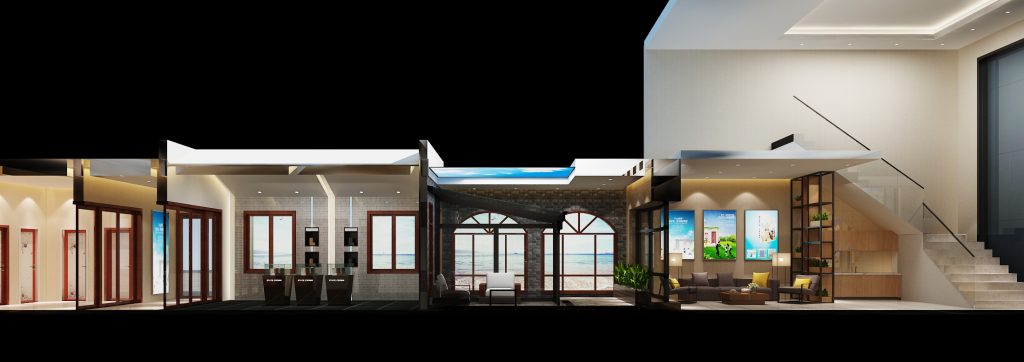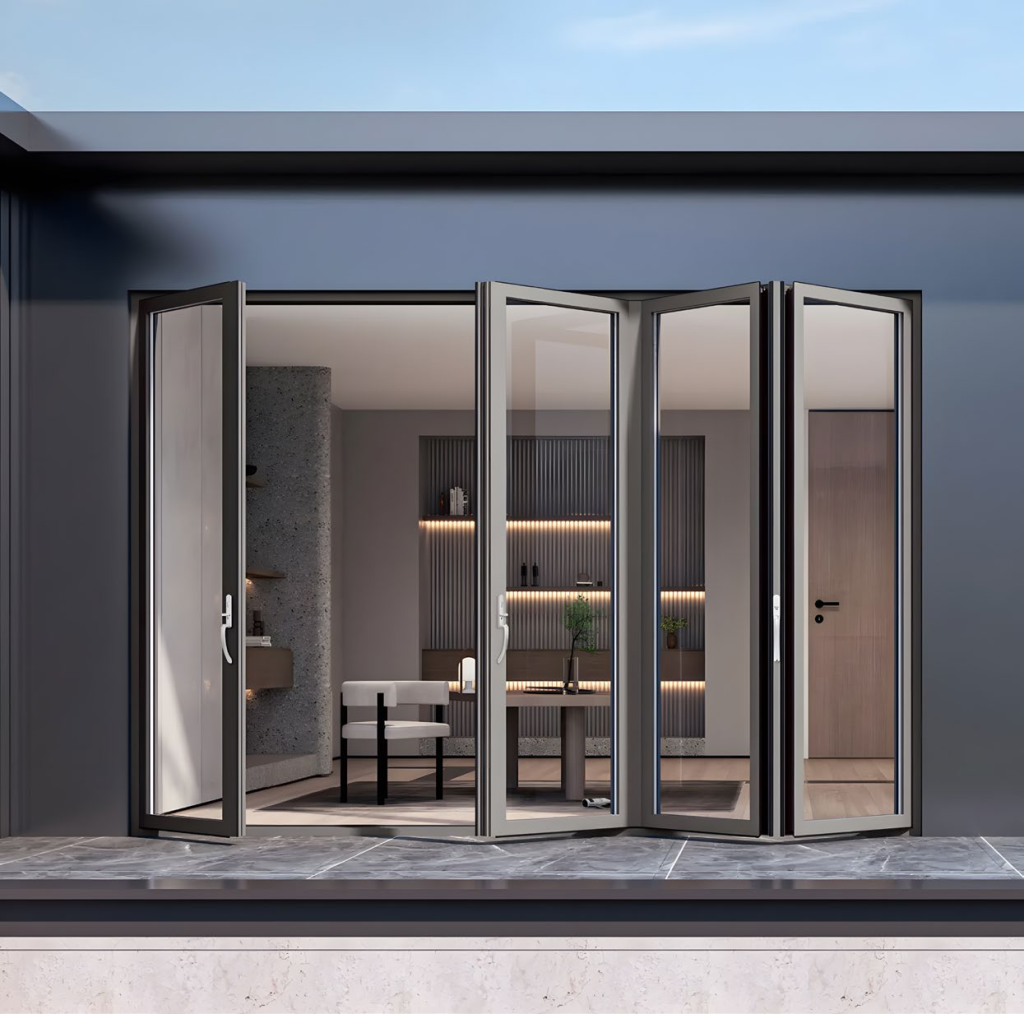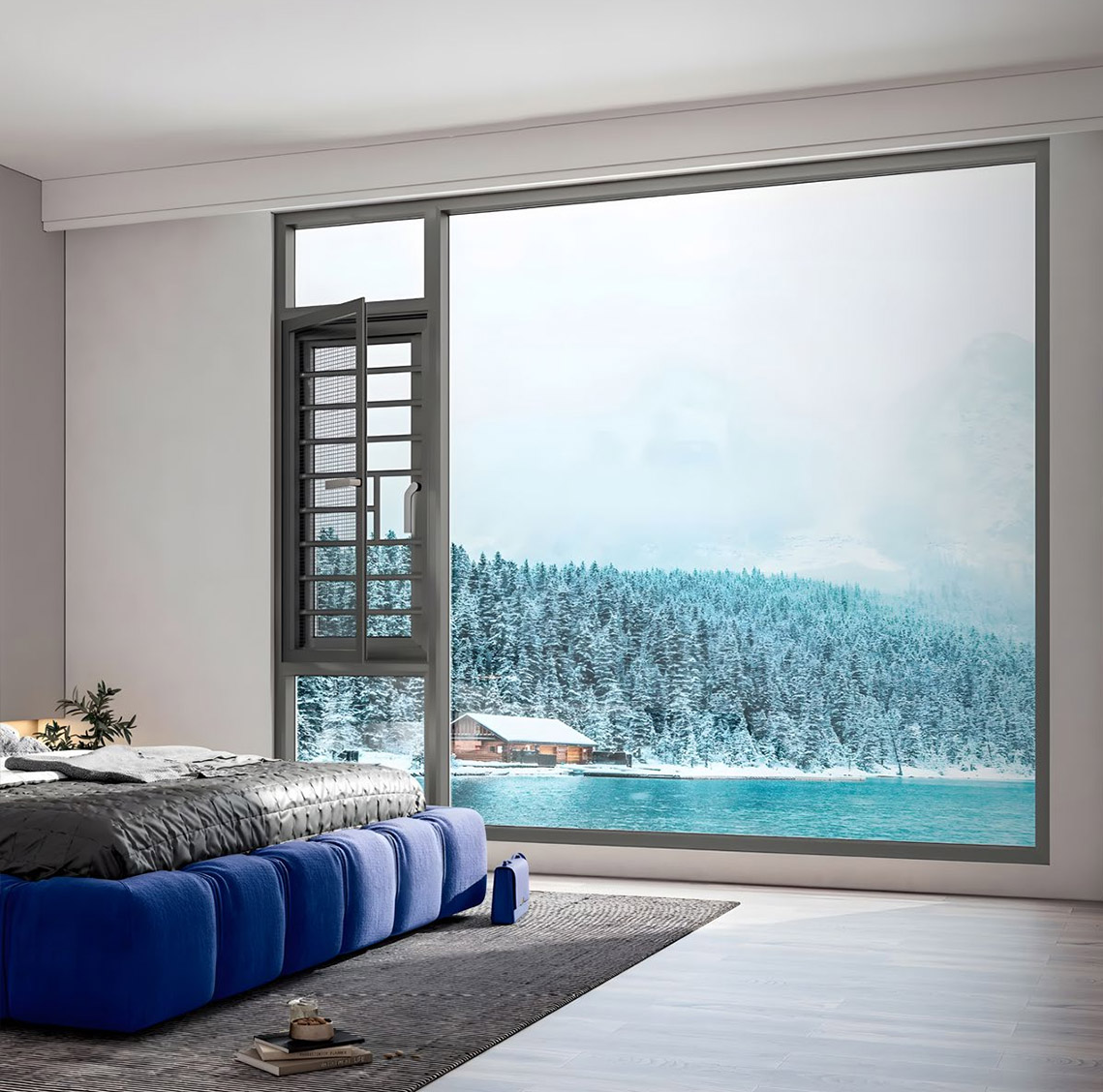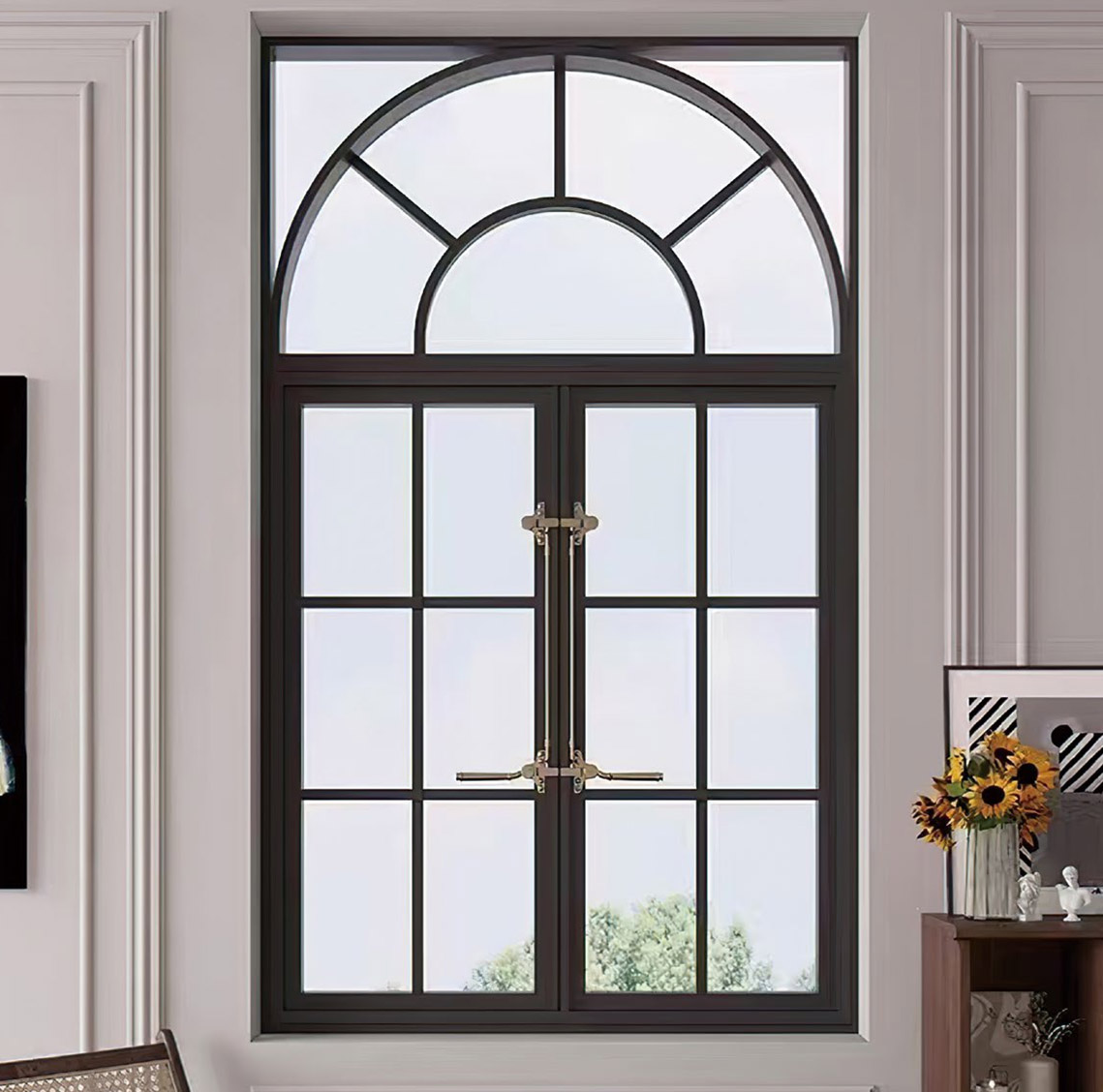Doors and Windows
Doors and windows, depending on their location, serve as either protective barriers or partitioning elements. They must meet various design requirements, including thermal insulation, heat resistance, soundproofing, water resistance, and fire retardancy. In recent years, energy efficiency has become an essential consideration. In colder regions, heat loss through gaps around doors and windows can account for approximately 25% of total heating energy consumption. Therefore, improving their airtightness is a crucial aspect of energy-efficient design. Doors and windows are integral components of a building’s envelope system.
Additionally, they play a significant role in the architectural aesthetic—creating visual contrasts, rhythm, and artistic effects. Their shape, size, proportion, arrangement, color, and style greatly influence the overall appearance of a structure.

Design Requirements
Doors and windows must be durable, easy to operate, open and close tightly, and simple to maintain and clean. Their specifications should align with industrialized construction practices to support mass production.
Materials
- Wood: Easily customized and repaired, offers good thermal insulation, but solid wood is prone to warping. High-end wooden windows often use engineered lumber.
- Steel: Robust and fire-resistant, allows more light penetration, cost-effective, but susceptible to rust if not maintained properly; poor thermal performance.
- Stainless Steel: Offers an attractive finish, corrosion-resistant, but expensive.
- Aluminum: Formed by extrusion, aesthetically pleasing, but poor insulator and energy-intensive to produce.
- uPVC (plastic steel): Excellent overall performance and cost-effectiveness.
- Thermal Break Aluminum: Available in strip or injected composite forms, provides energy-saving insulation, and combines strength with visual appeal.
- Glass: Often used in interior partitions or frameless pivot doors.
- Fiberglass: A composite material offering light weight, high strength, corrosion resistance, thermal and acoustic insulation, among other benefits.

Common Types of Windows and Doors
Casement Windows:
These offer a large opening area for excellent ventilation, strong sealing, and superior performance in sound insulation, thermal retention, and waterproofing. Inward-opening versions allow easy cleaning from inside, while outward-opening types save interior space. However, their viewing area is limited, and exterior units may be vulnerable in strong winds. Inward-opening windows can interfere with indoor space and complicate the use of screens or curtains.
Sliding Windows:
Popular for their clean look, wide glass panels, and unobstructed views, these windows provide ample natural light and are easy to clean. They operate smoothly within a single plane, require minimal space, and allow convenient screen installation. A drawback is that only half the window can be opened at a time, which may limit airflow. Available in horizontal and vertical configurations, sliding windows are cost-effective and reasonably airtight when equipped with quality rails.
Top-Hung Windows:
A newer type often made of aluminum or uPVC, these can be swung inward from the top. When partially opened, they provide ventilation while maintaining security against intrusion, ideal for use when the building is unoccupied. This style is now also available in sliding window designs.
Bottom-Hung Windows:
Also known as outward-opening windows, these are hinged at the bottom and tilt outward for controlled ventilation. Similar to top-hung versions, they enhance safety and weather protection.
European-Style Casement Windows:
Reflecting European design traditions, these may draw from Nordic, simplified, or classic influences. Often associated with luxury, they may feature decorative elements, rich colors, and materials like marble or textiles. Their style should harmonize with the overall interior design.
Swing Doors:
Hinged on the side, these doors open inward or outward. They come in single or double-leaf configurations and may open in one direction or both (as in double-action doors). This category distinguishes itself from sliding, folding, rolling, or rotating door mechanisms.
Sliding Doors:
With origins in ancient East Asian architecture, sliding doors are made from wood, metal, or composite materials. Initially used for cabinets and interior rooms, they now appear in residential and commercial spaces—including closets, room dividers, and main entries. Modern sliding doors incorporate glass, fabric, bamboo, or aluminum, and are used in various functional and decorative applications.

Contact State Crown
Explore the State Crown products
CASEMENT WINDOW
CASEMENT WINDOWS WITH MESH GB-85
The GB-85 casement window system combines intelligent design with robust engineering to deliver exceptional operability and durability. Ideal for installations in hard-to-reach areas such as above...
Doors
BI-FOLDING GB-80
The BI-FOLDING GB-80 combines innovative engineering with user-centered functionality, offering effortless operation and robust performance in a wide range of architectural applications. Designed ...
CASEMENT WINDOW
CASEMENT WINDOW GB-60
Constructed with industrial-grade stainless steel gears and anti-corrosion linkage mechanisms, the GB-60 guarantees long-term functionality even under frequent use. Its precision-engineered struct...
Contact State Crown
Custom Solutions for Global Projects
Established in 2005, we specialize in the customization of premium aluminum alloy doors and windows. With over ten years of industry experience, we are committed to the product philosophy of "Safety, Practicality, and Advanced Technology".
- ISO9001 Quality Management System
- EU CE certification
- IPMS (Intellectual Property Management System)
- Australian, American, and Canadian standards
We are located in Foshan, Guangdong, just under one hour's drive from Guangzhou Baiyun International Airport, in the heart of the Pearl River Delta Economic Zone.
If you are interested in any of our products, or would like to discuss a custom order, please feel free to contact us. We look forward to building long-term business relationships with clients around the world.


